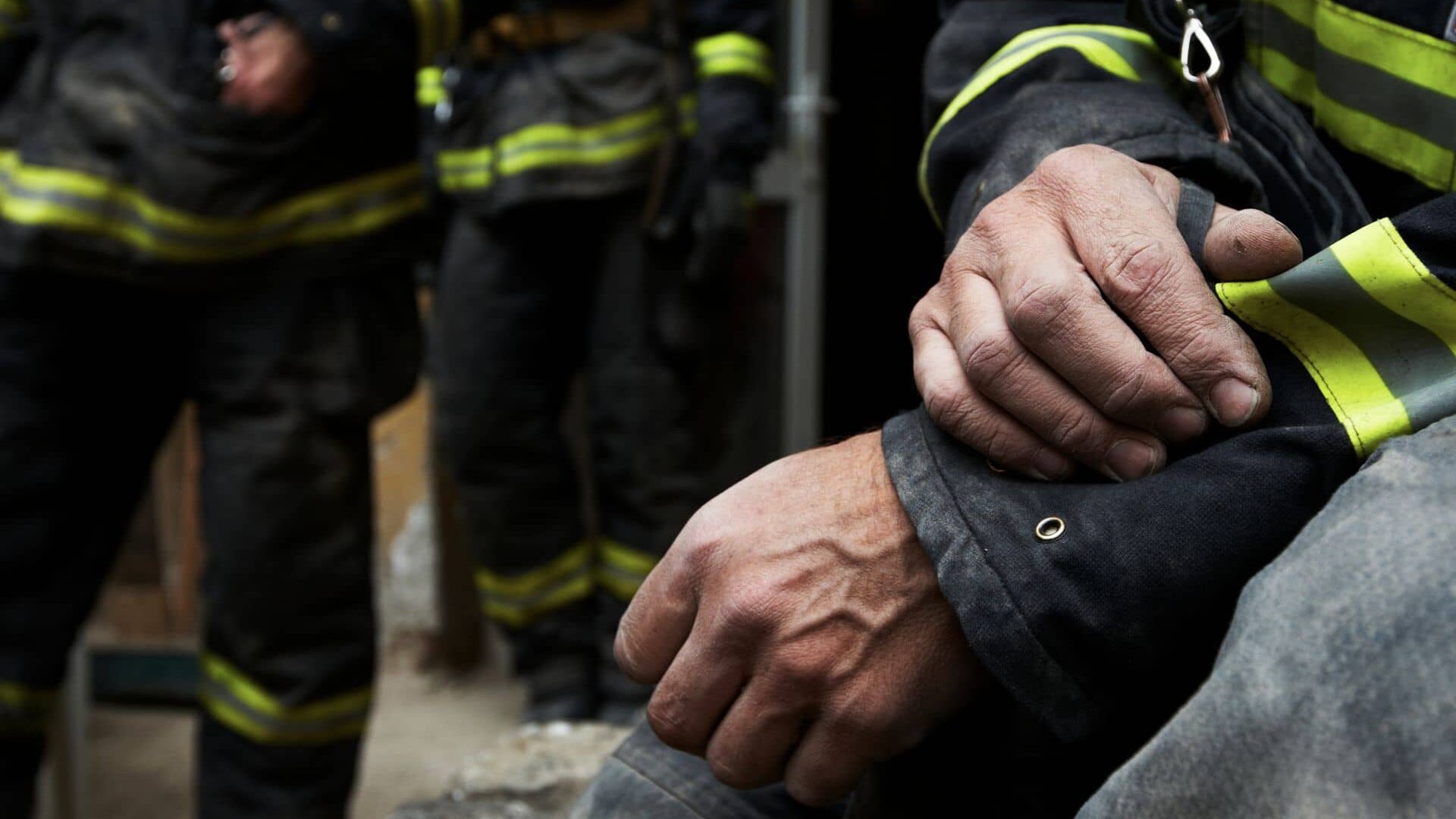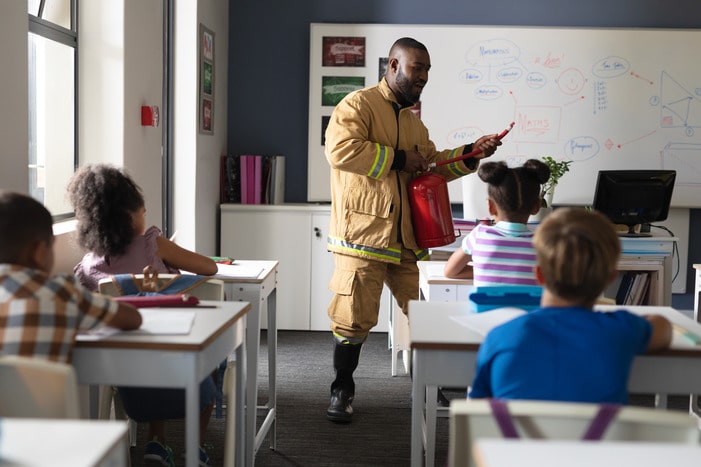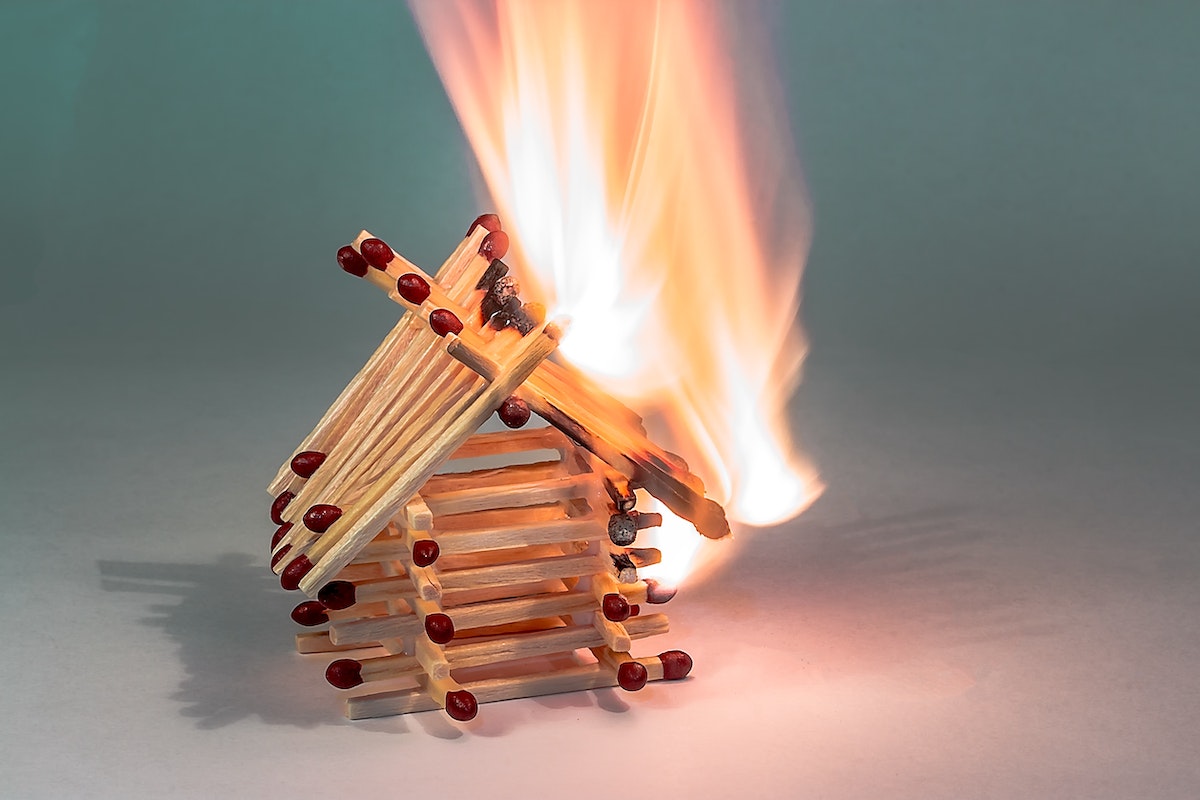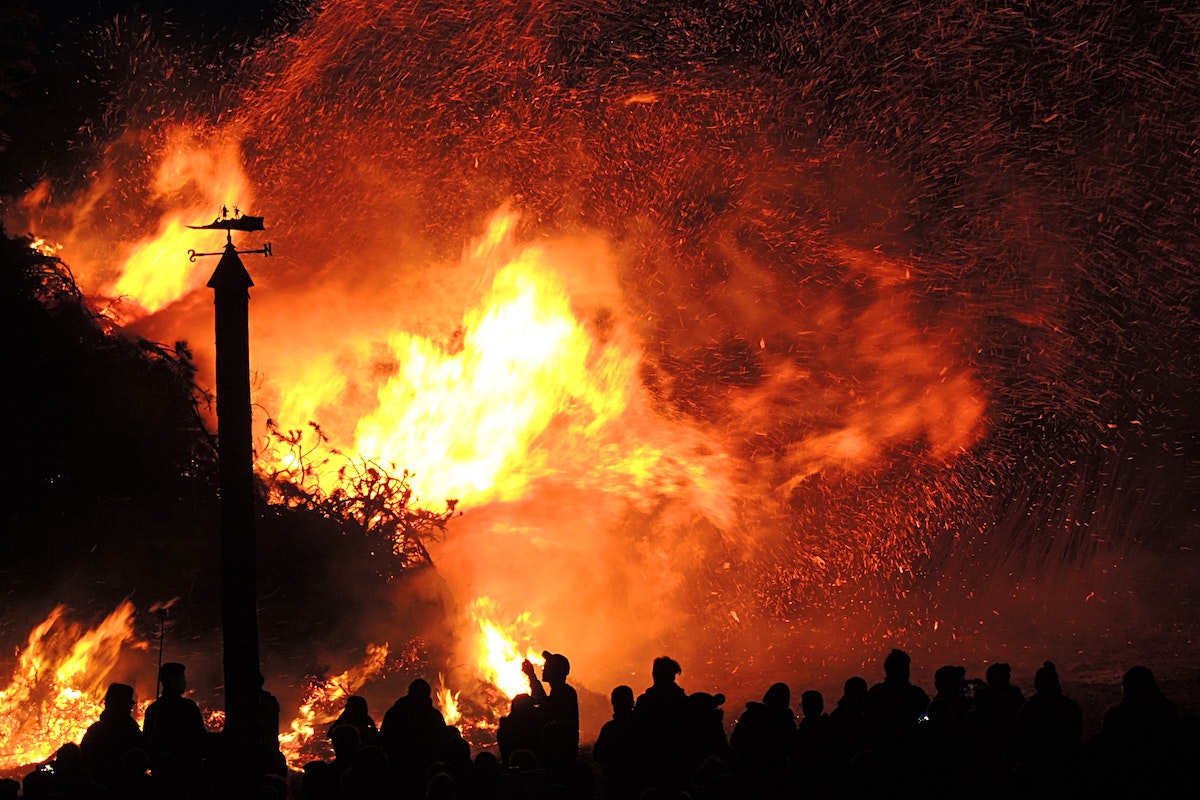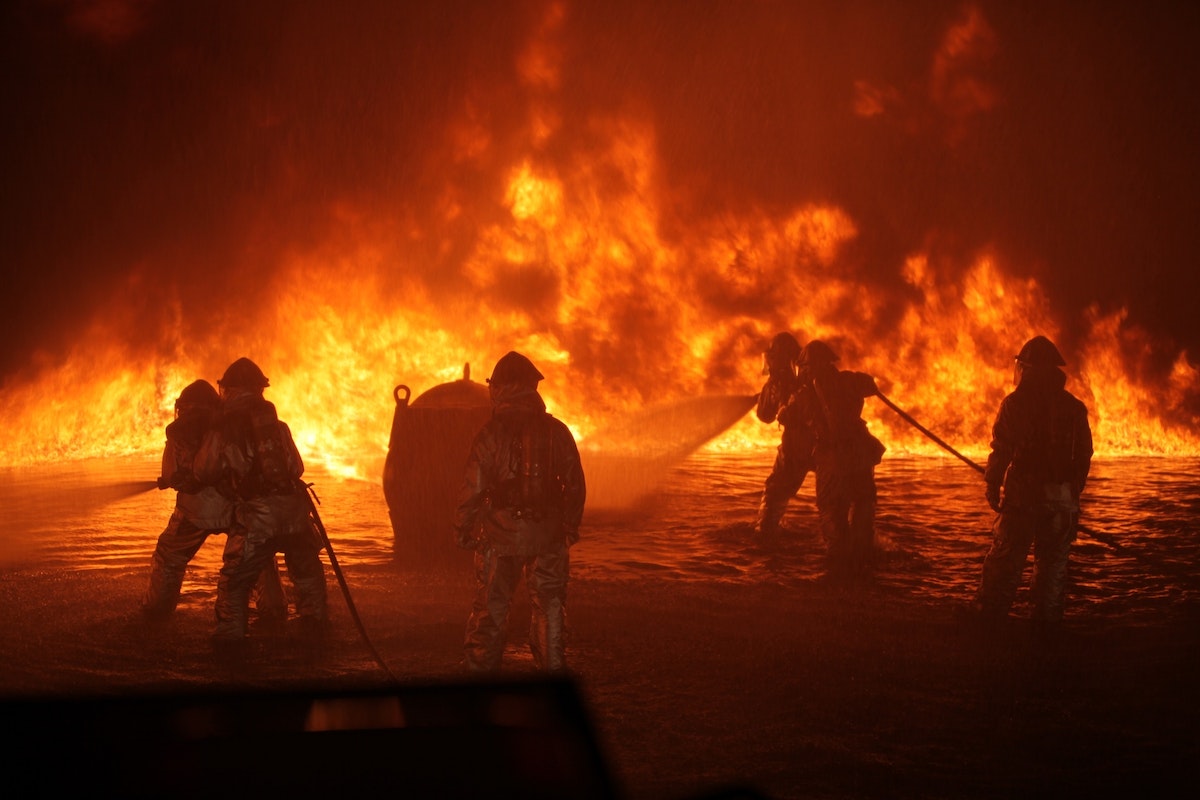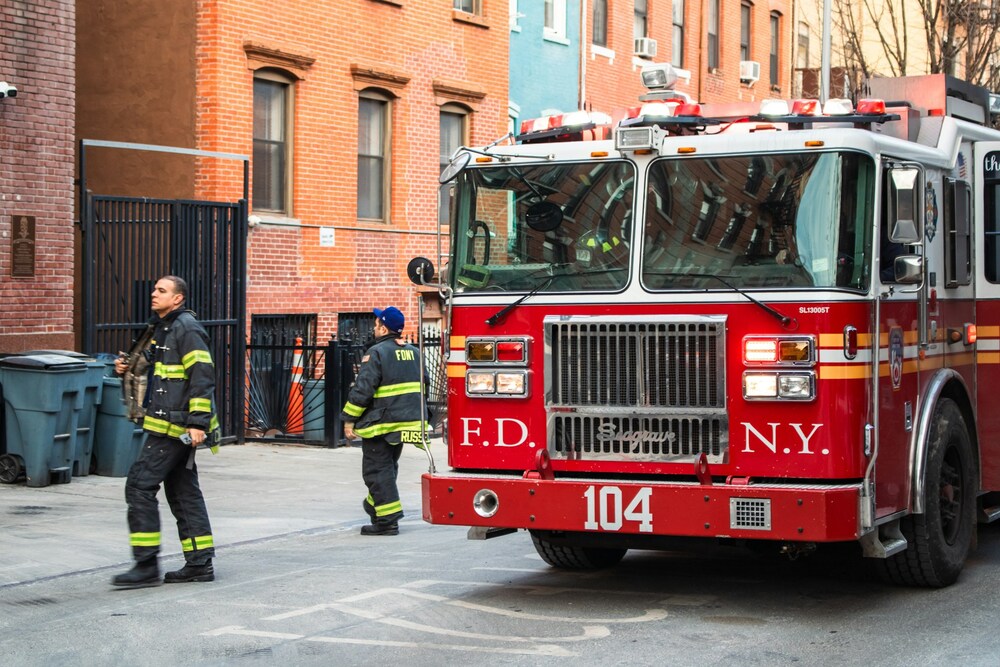Fire Watch For Events
Contents
Event Venue Fire Watch: Crowd Size Triggers
Concert lights go up, the bass drops, and suddenly the room holds twice its normal head count. Most promoters worry about beer lines; fire marshals worry about exit capacity. When occupancy swells above the posted limit, or when any fire protection system blinks, you must post certified fire watch or stop the show.
When the Head Count Hits the Red Line
NFPA 101 sets the magic number at the design occupant load. If the load is 3,000 bodies and ticket scanners show 3,050, you need fire watch even if every sprinkler and alarm device is perfect. The logic is simple; more people need more eyes to steer them out if something sparks.
Promoters often argue, “We sold 2,900 tickets, we are fine.” Staff, vendors, security, camera operators and the band’s entourage all count toward the total. Use a real time people counter at each door and add twenty percent for staff. When the counter hits 100 percent, stop selling tickets, not stop counting heads.
Alarm or Sprinkler Trouble During Event
Load in starts at 6 a.m. with forklifts, pyro carts and LED walls. If the alarm panel goes down while truss is flying, you must post fire watch immediately, no four hour grace. Assembly occupancies are treated like hospitals; life safety systems must work at full capacity the moment the public is inside.
We once staffed a riverside pavilion where the panel faulted at 11 a.m. Crew kept building the stage because “doors are not until 7.” The inspector arrived for lunch and wrote a $42,000 citation for every hour the system was down with workers present. Public or private, inside or outside, if the room is occupied the protection must be active.
Outdoor Festivals Count Too
Tents, temporary stages and fencing create walls where none existed. A 5,000 person lawn show becomes an occupancy governed space once fence panels close the perimeter. If the temporary structures block egress paths, you need fire watch even if the sky is wide open above.
Wind screens, banner walls and sponsor backdrops all reduce exit width. Measure the narrowest point and divide by 0.2 inches per person to see if you still meet the required width. If not, add guards to steer crowd flow or remove the obstruction before gates open.
Guard Ratio for Events
Standard rule is one fire watch guard per 250 occupants or fraction thereof. That ratio doubles if alcohol is served because reaction times slow. Triple it if pyrotechnics or open flame effects are used.
Position guards at each exit door, at the mixing console and beside the pyro control station. They should carry a small CO2 extinguisher and a flashlight with strobe mode to guide patrons if house lights fail. Radios must be on the venue security channel so they can announce “House lights full, hold the show” the moment they spot trouble.
Documentation During the Show
Use a mobile app that timestamps each patrol sweep. Guards scan QR codes placed at every exit and at the edge of the stage apron. Miss a scan and the app pings the event safety coordinator instantly.
At the end of the night export the log as a PDF and email it to the venue manager, the fire marshal and your insurance broker. One file, three stakeholders covered, zero arguments about who was where and when.
Post Show Sweep Is Not Optional
Crowd leaves, band loads out, but fire watch continues for 30 minutes after the last pyro effect or until the building returns to normal occupancy, whichever is longer. Embers can hide in stage drapes, confetti cannons or catering sternos.
Walk every aisle, every row, every restroom stall. Use a thermal imager on trash bins. A single 200°F reading means something is cooking. Soak it, log it, sleep easy.
Planning a concert, festival or corporate gala? Send us your floor plan and expected head count. We will calculate the exact guard ratio, pre position the QR codes and have certified fire watch on site before the first ticket is scanned.
